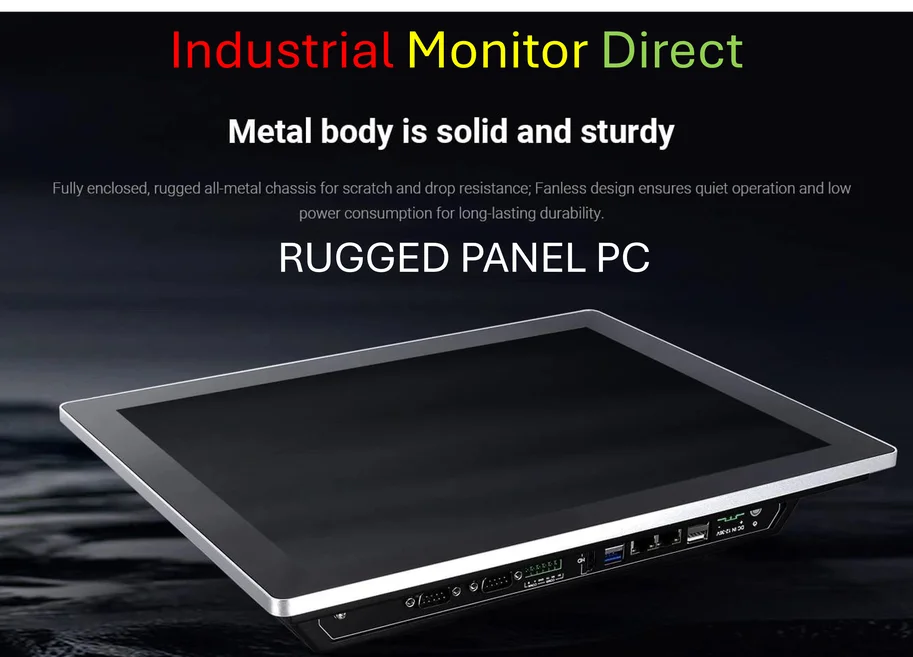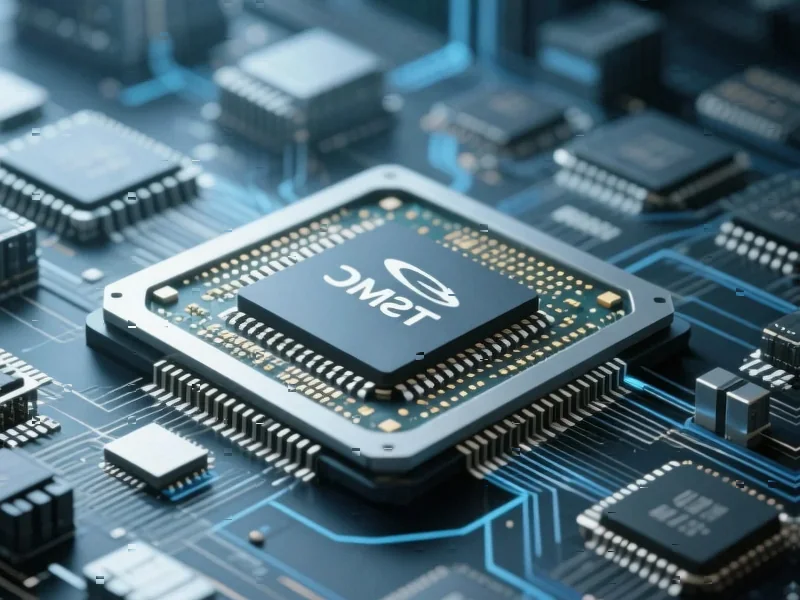According to Eurogamer.net, Nintendo has increased its sales forecast for the Switch 2 console from 15 million to 19 million units for the full year, with software projections rising from 45 million to 48 million units. As of September 30, 2025, the Switch 2 has sold 10.36 million units total, with 4.54 million units sold in the second quarter alone – a figure that exceeds the launch performance of PlayStation 4 (7.5 million), PlayStation 5 (7.8 million), and the original Switch (4.7 million). The original Switch has now reached 154.01 million lifetime sales, just 10,000 units behind the Nintendo DS’s record of 154.02 million units, making it likely to become Nintendo’s best-selling console ever in the next reporting period. This explosive start suggests Nintendo is positioned for unprecedented holiday season performance.
The Supply Chain Advantage
What makes the Switch 2’s performance particularly remarkable is that Nintendo appears to have avoided the severe supply constraints that plagued both Sony and Microsoft during their recent console launches. While the PS5 faced well-documented semiconductor shortages that limited availability for nearly two years, Nintendo’s ability to ship 4.54 million units in a single quarter suggests they’ve secured manufacturing capacity that eluded their competitors. This supply chain mastery gives Nintendo a crucial advantage heading into the holiday season, where demand typically peaks but availability often falters. The company’s experience with the original Switch’s supply challenges and their longstanding relationships with component manufacturers appear to be paying significant dividends.
Developer Ecosystem Implications
For game developers and publishers, the Switch 2’s strong start creates both opportunities and strategic pressures. The installed base growth means third-party titles have a larger potential audience from day one, reducing the traditional risk of launching on new hardware. However, Nintendo’s increased software forecast to 48 million units suggests they expect robust first-party performance, which could crowd out third-party titles during crucial launch windows. Developers now face the decision of whether to prioritize Switch 2 development over other platforms, particularly given the console’s hybrid nature requires different design approaches than traditional home consoles. The strong hardware sales also increase the urgency for studios to master the platform’s unique capabilities, including its rumored enhanced haptics and potential AR features.
Shifting Competitive Dynamics
The Switch 2’s performance fundamentally alters the console competitive landscape. By outselling both PlayStation 5 and Xbox Series X/S equivalents in their comparable launch periods, Nintendo has demonstrated that the hybrid console model isn’t a niche category but rather a mainstream preference. This success challenges the industry’s trajectory toward increasingly powerful and expensive hardware, suggesting that accessibility, flexibility, and unique gaming experiences may outweigh raw technical specifications for many consumers. Microsoft and Sony now face pressure to reconsider their platform strategies, particularly as the Switch 2’s success comes during a period where both companies are pushing expensive hardware revisions and premium subscription services.
Long-Term Market Implications
If Nintendo maintains this momentum, we could see the Switch 2 challenge the original Switch’s lifetime sales figures, potentially setting a new benchmark for console success that exceeds 150 million units. More importantly, the console’s strong start during a period of economic uncertainty suggests gaming consumers are prioritizing value and versatility over pure performance. This could influence not only competing console manufacturers but also PC gaming hardware makers and mobile device manufacturers. The success also strengthens Nintendo’s position in negotiations with third-party publishers and gives them additional leverage in securing exclusive content. As the gaming industry continues to consolidate, Nintendo’s hardware success provides them with a stable foundation to navigate the turbulent market conditions affecting many of their competitors.




